Blue Sandstone is a captivating and versatile material celebrated for its beauty and resilience. When considering the incorporation of blue sandstone into your projects, understanding the durability of this material is paramount. This guide aims to provide a detailed examination of blue sandstone’s durability, ensuring you can make an informed decision about its use in your next project.
Understanding Blue Sandstone’s Composition and Strength
Blue sandstone, also known as blue goldstone, is a man-made stone consisting of glass infused with flecks of copper, which gives it a unique glittering appearance. Despite not being a natural stone, its durability is noteworthy. The process of creating blue sandstone involves a high level of craftsmanship and technology, resulting in a material that can withstand various elements.

The Durability Factors of Blue Sandstone
- Hardness: On the Mohs scale, blue sandstone ranks between 6 and 7, indicating good scratch resistance.
- Compressive Strength: It shows impressive compressive strength, which measures its ability to withstand loads without deforming.
- Weather Resistance: Blue sandstone is well-suited for both indoor and outdoor use because it can endure weather changes without deteriorating.
- Maintenance Requirements: Low maintenance is needed, with regular cleaning being sufficient to maintain its luster.
Following this list, it’s clear that blue sandstone’s durability is one of its most appealing characteristics. Its hardness and strength make it ideal for jewelry, architectural features, and decorative pieces.
Factors Contributing to Blue Sandstone Durability
When assessing blue sandstone durability, several key factors come into play:
- Material Quality: The quality of materials used in creating blue sandstone directly impacts its durability.
- Manufacturing Process: The precision in the manufacturing process ensures that blue sandstone has uniformity in its structure, contributing to its strength.
- Proper Installation: Ensuring that blue sandstone is correctly installed will maximize its durability and lifespan.
- Environmental Conditions: Though resistant, extreme environments can still affect blue sandstone’s condition over time.
Understanding these factors is crucial when considering blue sandstone for your next project.
FAQs on Blue Sandstone
Q: Can blue sandstone be used for outdoor projects? A: Absolutely, blue sandstone’s weather resistance makes it suitable for outdoor applications.
Q: How does blue sandstone hold up against scratching? A: With a hardness rating of 6-7 on the Mohs scale, blue sandstone has good resistance to scratching.
Q: What maintenance does blue sandstone require? A: Blue sandstone requires minimal maintenance, just regular cleaning to maintain its aesthetic appeal.
As we have explored the various aspects of blue sandstone durability, it’s evident that this material is a robust choice for a range of applications. By following best practices for care and installation, blue sandstone can offer both beauty and longevity.
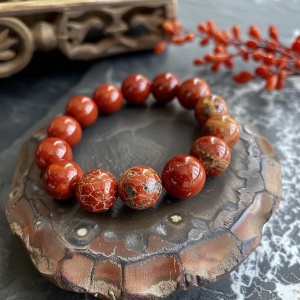
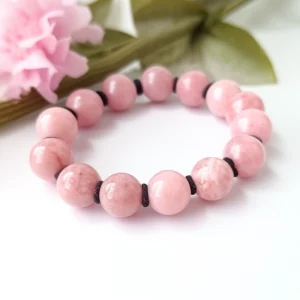
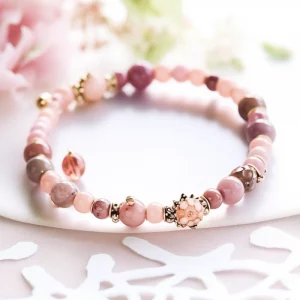
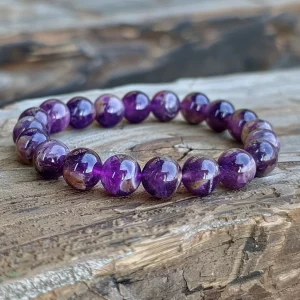

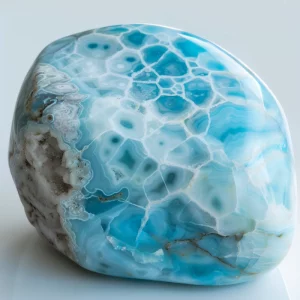
1 thought on “Blue Sandstone Durability: The Comprehensive Guide to a Lasting Material”